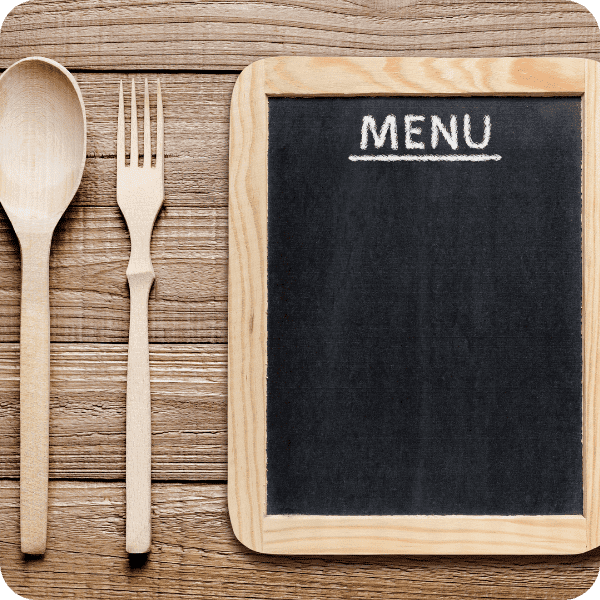 In the midst of an ever-changing technology and hospitality market landscape, it’s getting harder to build a unique hotel brand. Most scramble to simply keep up with one another and end up looking, sounding, and even acting the same. Getting to a differentiated brand these days requires new methods inspired by how guests experience modern brands.
In the midst of an ever-changing technology and hospitality market landscape, it’s getting harder to build a unique hotel brand. Most scramble to simply keep up with one another and end up looking, sounding, and even acting the same. Getting to a differentiated brand these days requires new methods inspired by how guests experience modern brands.
Unique is now table stakes
In the hotel world, much of what used to be differentiating is now commonplace. Brands have followed industry leaders and customer expectations to offer elements of elevated design, amenities like morning coffee and evening wine, and a slew of wellness ‘perks’—these things are no longer reserved for boutique or disruptive brands.
How can a brand stand out and build a truly loyal customer base? While it’s still a goal to try and come up with a few signature moves and brand headlines that may soon be emulated, it’s even more important to think more methodically and holistically about every detail of the customer’s experience. It’s a process familiar to those who track visitors online, optimizing every point of the path toward purchase.
Roadmap to success
The key to this is methodically mapping the chronology of a guest’s experience with your brand. It’s not enough to use visual guidelines, messaging, and imagery as your “brand standard” anymore. A guest experience playbook should be a key asset, tool, and battle cry for every organization and brand. Brands can’t expect all their staff across multiple locations and departments to express and deliver the brand promise through all touchpoints, consistently and remarkably, without it.
While it’s imperative for brands to arm their team with the right tools and tactics to be successful, the engine for today’s experience mapping is not just formulaic rules; it’s driven by each unique company culture. The key question is: at each phase along a customer’s journey, how should your unique brand and culture guide guest experience?
A methodical process to differentiating
To answer that question, an experience playbook needs to map and break down the customer journey for each guest type over the course of their entire lifecycle— from pre-stay to post-stay. This will allow you to plan for their unique needs, providing intentional pathways that add value to their experience. That becomes the filter for evaluating what happens during their stay, from how staff interacts, to small amenities or touches. Does it align with your overall brand promise and provide a benefit to guests that ultimately entices them to come back, building lasting relationships?
Step one is to document the journey as it stands today, identifying strengths and opportunities to improve. It doesn’t mean that every touchpoint needs to be blown up or reinvented. Sometimes a small tweak or extra finish to an existing service or amenity makes all the difference. Other times, the simple act of documenting it will ensure it happens more consistently moving forward.
Capturing hearts and minds
Often, this process reveals a disconnect between the picture painted during the sales funnel, and the reality as a guest continues to interact with your brand during and after their stay. For example, many hotel brands talk big about facilitating local experiences, but they do little about it—they may not even have a concierge available to help. If that’s your promise, what is your unique way of providing that information at the right time and place?
Consider something as customary as a pre-arrival welcome email. It usually contains contact and confirmation information, promotions to upgrade a stay and perhaps a few suggestions on things to do while the guests are there. However, often these suggested activities are hotel-centric revenue plays, and don’t actually get guests out the door to see the city they came to visit. Even worse, in some cases, the email comes from another parent brand and feels disconnected from the distinct destination they thought they’d booked. Truing up these seemingly small executions looms large for brand success today.
Brand in action
The form factor for this guest experience playbook is important to consider. For documentation, think more about an inspiring training guide than a tiresome operating manual. These concepts need to be easily understood and provide the right amount of detail to execute, but not so much that it removes every inch of creativity and autonomy.
A guest journey map also needs to be woven into the business. It serves as a way for organizations to monitor and measure their service and operational standards through the lens of the guests. While lots of requirements and mandatories are executed behind the scenes, they should ladder up to the key touch points and brand hallmarks that drive guest experience, satisfaction, and—ultimately—loyalty.
Just as hotels get a visual makeover, facility renovation, or updated website every now and again, the guest experience also needs to stay relevant and evolve, to keep up with your changing competitive landscape, guest behaviours, and overall business strategy.
Brand and Ops: together at last
A brand is a significant, revenue-driving asset, and it’s everyone’s job. It’s the sum of every customer interaction, big and small, within and outside the stay window. It’s not enough to tell guests about your brand (even if it’s done across multiple channels). Hotel departments must unite around guest experience and work hard together to show it, living up to it in every touchpoint of their guest’s journey.
About the author
 Caroline Moloney is Brand Strategist at FINE, a digital brand agency. She’s led the success of dozens of award-winning brand initiatives at FINE for companies like Kimpton Hotels, Viceroy Hotels & Resorts, Dart Enterprises, Anchor Brewing, Darioush, and other real estate brands.
Caroline Moloney is Brand Strategist at FINE, a digital brand agency. She’s led the success of dozens of award-winning brand initiatives at FINE for companies like Kimpton Hotels, Viceroy Hotels & Resorts, Dart Enterprises, Anchor Brewing, Darioush, and other real estate brands.



















